Direct Drive, Geared Hub or Mid Drive?
Posted by Tom Lee on
One of the hardest questions most builders have to ask themselves is which direction should their builds go in. Fat bikes are particularly difficult as a 26″ rim with a 4″ fat tire ends up being a larger Diameter than a 29er tire. This larger diameter means higher top speeds and lower torque no matter what motor/gearing combo you use. The problem with fat bikes is that they are a terrible design for high speeds. Running low pressure tires and tubes creates a lot of friction at high speeds that can greatly shorten your tube’s life.
So you’re stuck with a giant tire that has crappy high speed tolerance. The solution is gearing, lots of it. Direct Drive motors have no gearing so the motor spins around once every time the wheel spins around once. This means that your giant fatbike tire is going to have no power on the hills, but it will cruise along at 25mph with only 1000 watts just fine. Geared motors have gears that allow the motor to spin around several times (ussually about 5) for each rotation of the wheel. This can really help with hills, but the motor has a harder time shedding heat because it is buried in a housing and can’t easily cool from the surrounding air. When the motor gets bogged down all that power you run into turns into heat frying the phase wires and cooking your hall sensors and generally making a mess of your motor.
Enter the mid-drive motor. These have separate gear housings so the electric motor can be geared WAY down. This means if you build a single-speed mid-drive with enough gearing to climb directly up stairs, it would probably max out at about 10 mph or so.
Mid drives biggest benefit is the ability to run through a bunch of different ratio of gears. With a normal 11-36T Cassette in the rear the Mid drive can go from 1:1 all the way up to 3:1. If you take into account the reduction of the BBS02 (15:1) and put a 36T (with a BCD104 adapter) in the front crankwheel that means you are getting a 15:1 for max power to ~5:1 for highest speed. This ability to change the gearing ratio for optimal power output is what makes the mid drive systems really shine.
Another huge problems with single track riding is flats. They happen, to everyone. With a Hub or DD motor your wheel is torqued down with nuts & Torque arms pretty good. When you need to change a tube it becomes a real headache. With a mid-drive unit you keep your quick releases and swapping tubes is still a 5 minute job assuming you’re not running tubeless.
That being said, in my personal quest to build the ultimate fatbike I’ve tried all three motors and decided without a doubt Mid-drive is the way to go. Even if you’re building a single-speed efatbike, I wouldn’t wast my time with a Geared or DD hub. By the time you end up finding a 36 Hole fatbike rim (almost all of them are 32 Hole) get the right spokes and nipples, thread your own wheel and mount a Torque arm you are going to be into it almost as much as a middrive BBS02 would cost to begin with. Skip the pain and frustration and just go with a middrive from the get-go.
Bosch, BBS02, BBSHD, Cyclone or Lightning Rods?
Bosch is the new player in town and there are several new fatbikes being sold this spring with their proprietary 350W nominal (400 peak) 36V mid drive system in the $5000-6000 range. The problem is that it’s all proprietary, you have to have a frame with a Bosch motor mount in it as well as only using Bosch Batteries and chargers which means expensive ($900+ for a 10ah battery). I just did the dealer training for Bosch today and I can say with some certainty that the system is locked down pretty tight against DIY guys like us. Any attempt to do anything to the drive unit or battery is going to immediately void your warranty.
There are several serious problems I see with the Bosch system
1) You have to use their charger and it charges to 100%. The battery warranty is for 500 cycles / 2 years but if only charged to 80% (like with a cycle satiator) it would proably last twice that long. You can’t charge their system with another charger or you void the warranty.
2) The computer has it’s own battery that charges off the main battery. If that battery dies you have to replace the whole computer, which costs about $80. You would have to leave it unhooked for about 5 months for that to happen, although the battery may also just die from old age as well. My feeling is that ALL batteries should be replaceable.
3) The battery shuts down when it goes over 140 or under 32 degrees. The average temp in Ithaca NY is 40 degrees. That means for about 5 months out of the year you can’t leave the battery with the bike outside or you risk having it drop below 32 degrees. This means all cold weather commuters would be out of luck if they left their battery outside for long enough for it to drop below freezing.
4) You can’t fix the unit yourself, or program the unit yourself, or pretty much do anything with the unit except send it back and get a new one. Fixing stuff is where bike shops make most of their money. Bosch is changing the environment from one where shops can fix things to an environment where they just ship them back to the factory repair center and get a new one programmed shipped back.
The lack of power and the inability to be mounted on existing fat-bike designs makes the Bosch a system that I would never buy, except maybe secondhand to take apart and try to bypass their programming. This system is designed for rich people who want a turnkey solution that every repair will be free (under warranty) or cost $1000 (roll a die). Think of it as the Mercedes Benz of the Electric-bike world. Next…
Lightning Rod’s mid drive kit is totally awesome, no doubt about it. Running 4000 watts through the drivetrain is my kind of insanity. That being said the unit is far from street-legal and less stealthy than riding a 3000 watt Crystalite Hub motor. I’m sure my future includes one (or several) of these drive units, but the practical application for mounting these on a commercially available E-fatbike are limited at best. You can order it with a stretch bracket to keep the motor unit from getting beaten on logs and a bracket is available for almost any BB size from 88 up to 100mm. The motor is exposed to the air so it cools very effectively and the combination of kart chain and belt drive should give people willing to take the $800 plunge years of good service and far more fun than anyone else is having. Maybe a few broken chains and cogs to balance out the extra enjoyment of having 4x as much power as any other mid-drive systems (10x that of the Bosch).
The BBS02 is our current favorite. It’s silent, powerful, relatively cheap and mounts on almost every bike on the market. It doesn’t seem to be bothered by the deluge of snow and ice that seems to constantly cover up the sealed unit. The only feature that I wish the BBS02 had is built in torque sensing like the Bosch unit. The 15:1 gearing ratio means that there will be plenty of power, even from a standstill pointing uphill. Although 100mm fat bike bottom brackets were previously unmountable, all this has changed with Doug’s modification kit from California E-Bike. This kit can convert any existing BBS02 to a 100mm axle and can be done in about 2-3 hours by any competent bike mechanic without the need for a machinist. You can also easily program it although doing so will void the warranty. As far as I know it’s nearly impossible to get warranty replacements in the US anyway unless you can get it through the vendor you bought the original unit from. This drive system wins hands down because of its balance of power, stealth, cost and just plain fun.
UPDATE: The BBSHD does a good job of producing high torque at normal pedalling RPMs and is a few pounds heavier and a bit more expensive than the BBS02 at $699 from Lunacycle.com right here. Although my initial impressions left me wanting, over time this motor has been shown to really shine in both soft sand and with singletrack testing. This motor comes in 4 different bb sizes and lunacycle.com has fit kits for almost any intrusive chainstay or non-standard bb size.
UPDATE: The 3000W Cyclone kit has the best dollar per watt of any mid drive kit I’ve ever laid my hands on. This kit was a snap to install even without instructions and surpassed my every expectation. Although it’s long term reliability has yet to be determined, my initial impression was … Wow. Just wow. This drive unit will not disappoint if you can get past the hose clamps and giant tie wraps.
Ride On.





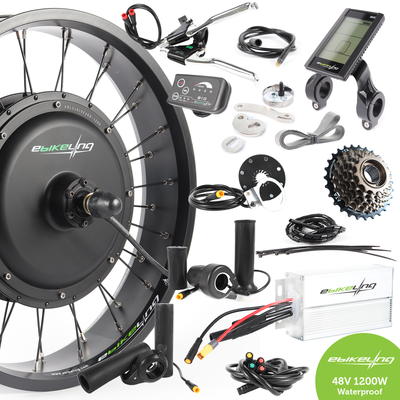
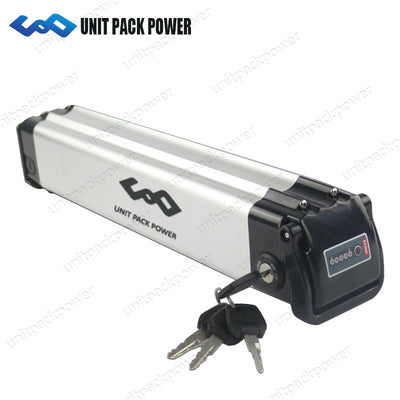
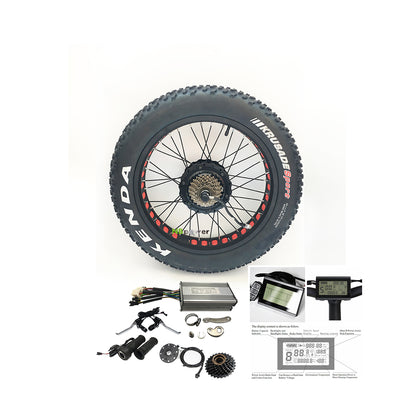
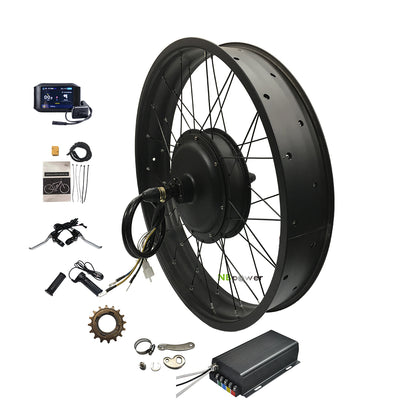
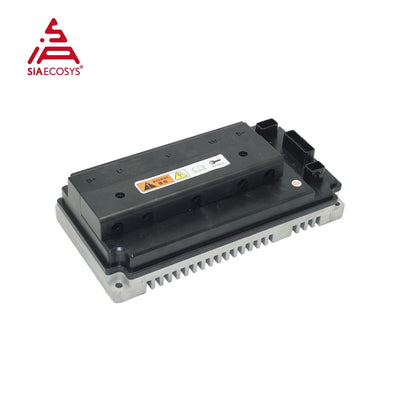
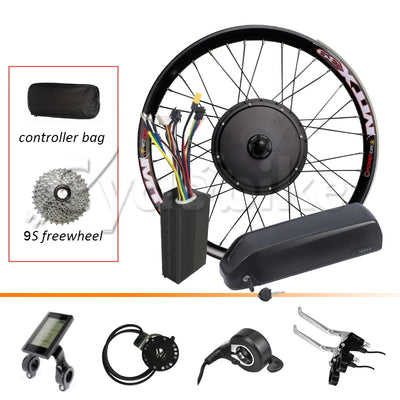
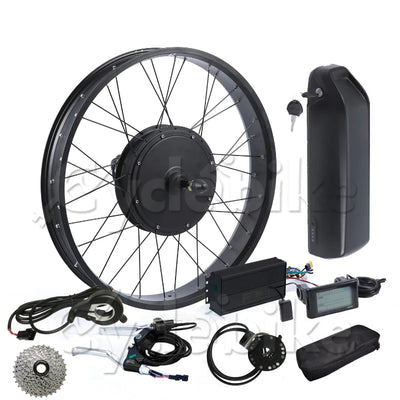
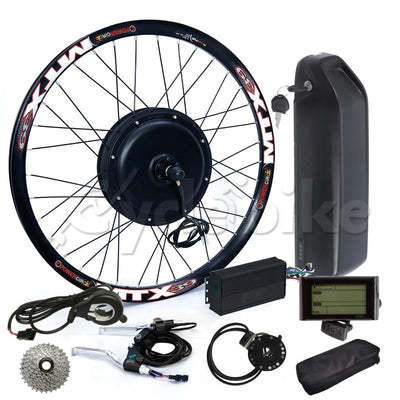
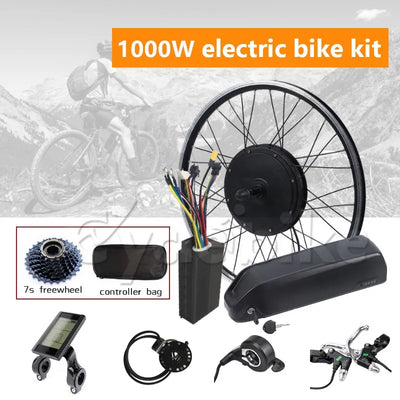
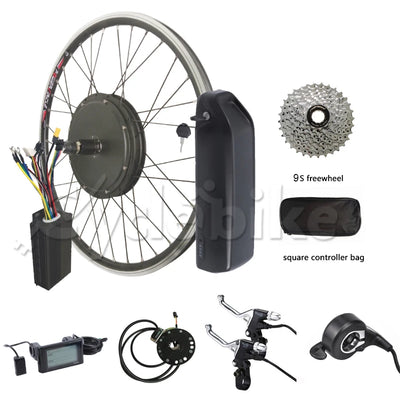

Muchas gracias. ?Como puedo iniciar sesion?